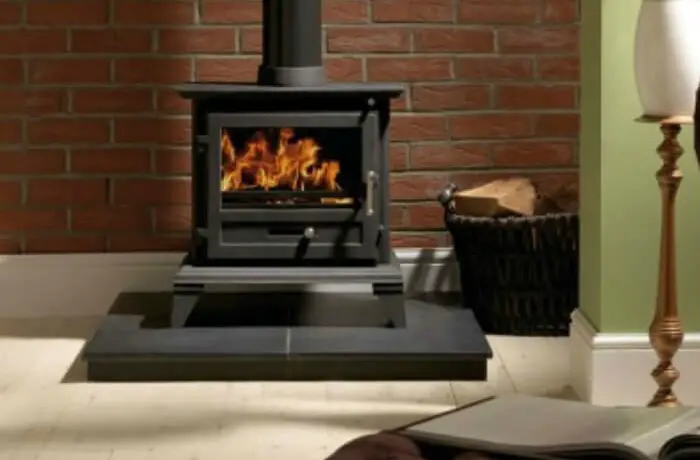What is Hand Hewn Wood ⸺ An Artisanal Approach to Timbercraft
Hand hewn wood, also known as handcrafted wood, is a traditional method of shaping timber with hand tools rather than modern machinery. This process involves using axes, adzes, and other cutting tools to shape and smooth the wood, resulting in a unique and rustic appearance. Hand hewing is a time-honored craft that has been used for centuries to create everything from log cabins and barns to furniture and decorative items.
The Hand Hewn Process
The process of hand hewing wood begins with selecting the right timber. Typically, hardwoods such as oak, maple, and hickory are preferred for their durability and aesthetic appeal. Once the timber is selected, the craftsman uses a variety of hand tools to shape the wood to the desired dimensions and appearance.
First, the bark is removed from the log, and then the craftsman uses an axe to rough hew the log into a square or rectangular shape. This is followed by the use of an adze, a tool with a curved blade that is used to smooth the surfaces of the wood, resulting in a distinctive rippled texture that is characteristic of hand hewn wood.
Benefits of Hand Hewn Wood
Hand hewn wood offers several benefits that make it highly desirable for a variety of construction and decorative applications. Some of the key benefits include:
- Rustic Aesthetic: Hand hewn wood has a distinctively rustic and natural appearance that adds warmth and character to any space. The unique texture and irregularities in the wood give it a timeless and authentic look that is difficult to replicate with modern manufacturing methods.
- Durability: The hand hewing process compresses the wood fibers, making it denser and more resistant to rot and decay. This makes hand hewn wood well-suited for outdoor structures and furniture that require durability and longevity.
- Environmental Sustainability: Hand hewing is a low-impact and environmentally friendly way of processing timber. By eschewing the use of heavy machinery and excessive energy consumption, hand hewn wood production has minimal ecological impact, making it a sustainable choice for those concerned about environmental preservation.
Applications of Hand Hewn Wood
Hand hewn wood can be used in a wide range of applications, both functional and decorative. Some common uses include:
| Application | Description |
|---|---|
| Log Cabins | Hand hewn wood is a traditional material used in the construction of log cabins, creating a timeless and authentic look. |
| Furniture | Handcrafted tables, chairs, and other furniture made from hand hewn wood provide a unique and rustic charm to any interior. |
| Decorative Beams | Exposed ceiling beams and decorative trusses made from hand hewn wood add a touch of rustic elegance to homes and commercial spaces. |
| Outdoor Structures | From pergolas and gazebos to fences and decks, hand hewn wood is a durable and aesthetically pleasing choice for outdoor construction. |

Credit: www.etsy.com
Frequently Asked Questions On What Is Hand Hewn Wood ⸺ An Artisanal Approach To Timbercraft
What Is Hand Hewn Wood?
Hand hewn wood is timber shaped by hand tools, retaining its original texture and character.
How Is Hand Hewn Wood Different?
Hand hewn wood is distinguished by its unique, irregular texture and marks left by hand tools.
What Are The Benefits Of Hand Hewn Wood?
Hand hewn wood offers a rustic, authentic look, adding character and charm to interiors.
Can Hand Hewn Wood Be Recycled?
Yes, hand hewn wood can be reclaimed and repurposed for sustainable, eco-friendly design projects.
Conclusion
Hand hewn wood is a time-honored tradition that continues to be valued for its unique beauty, durability, and environmental sustainability. Whether used in the construction of a log cabin, the crafting of furniture, or the embellishment of architectural features, hand hewn wood adds a touch of rustic charm and authenticity to any space. Its timeless appeal and enduring quality make hand hewn wood an excellent choice for those seeking to incorporate natural, handcrafted elements into their living or working environments.






